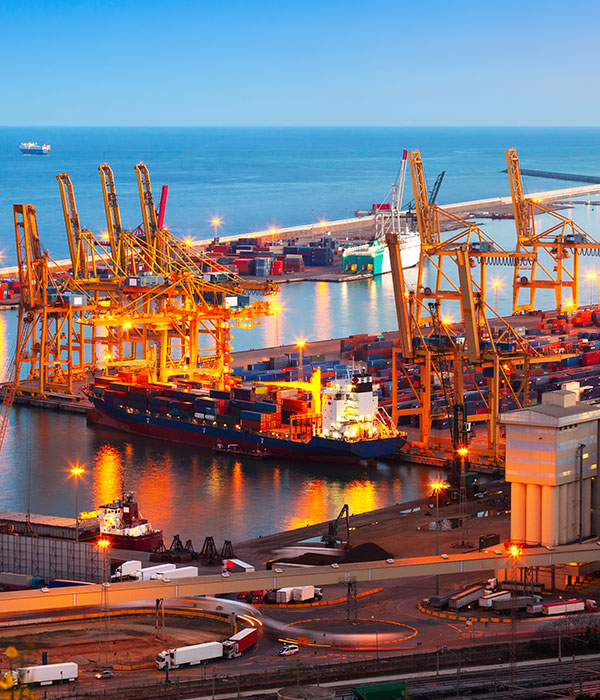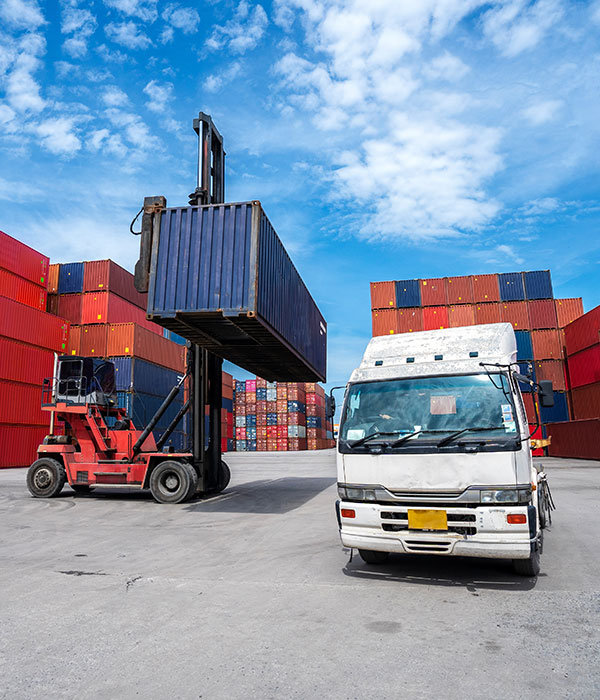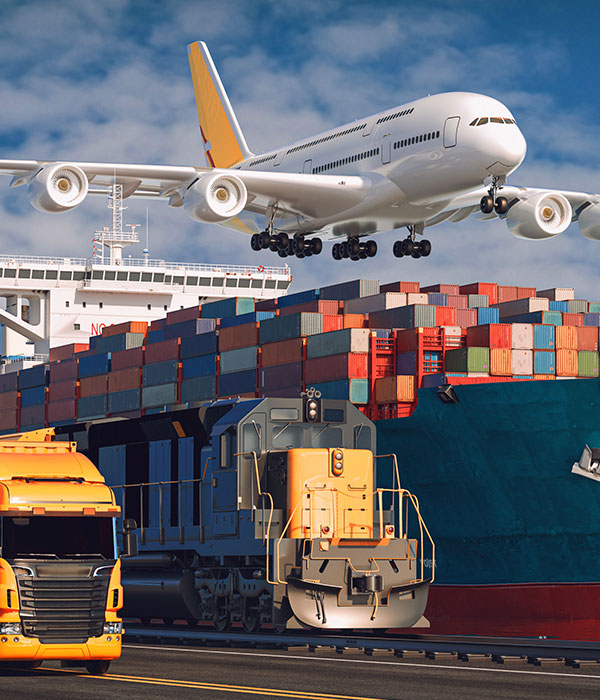According to the latest research from data provider WorldACD, the Asia-Pacific region currently accounts for 41% of all air cargo volumes. This data reflects the importance of Asia-Pacific in the global air cargo market.
According to the "Global Air Cargo Forecast" report released by Boeing, the fleet in the Asia-Pacific region is expected to nearly triple, further highlighting the region's air cargo potential.
As an important engine of the global economy, the Asia-Pacific region has maintained steady growth in its air cargo volume. With the continuous growth of manufacturing industry and the prosperity of import and export trade, the demand for air cargo in the Asia-Pacific region continues to rise.
The rapid economic growth and accelerating urbanization in the Asia-Pacific region have promoted the import and export trade among countries, thus promoting the growth of air cargo volume.
The rapid development of e-commerce has led to higher consumer demand for faster delivery speeds, which has further pushed up air cargo volumes. Especially during the epidemic, e-commerce and online shopping have experienced exponential growth, and the Asia-Pacific region As an important center of the global supply chain, it continues to supply global demand.
The structural layout of Asia's manufacturing industry is changing, with more manufacturing gradually moving from China to countries with lower manufacturing costs such as Vietnam, Malaysia and Indonesia. This trend is expected to drive more freight volumes in Southeast Asia.
The passenger-to-cargo market in the Asia-Pacific region is facing factors such as limited production capacity, air cargo market fluctuation risks, inconsistent aviation supervision and sustainable policy development. These factors may have a certain impact on the air cargo market in the Asia-Pacific region.












